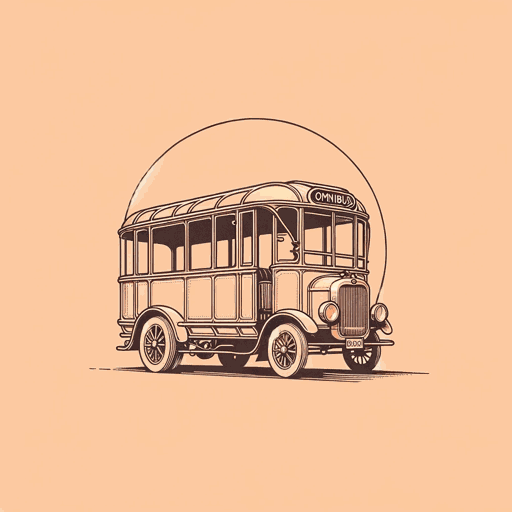27 pages • 54 minutes read
E. M. ForsterThe Celestial Omnibus
Fiction | Short Story | Adult | Published in 1911A modern alternative to SparkNotes and CliffsNotes, SuperSummary offers high-quality Study Guides with detailed chapter summaries and analysis of major themes, characters, and more.
Literary Devices
Allegory
Allegory is a narrative or image that uses symbols to convey a hidden meaning. “The Celestial Omnibus” can be interpreted as an allegory for the artistic process, with the boy and Mr. Bons parsing this process aboard the titular omnibus. Unfamiliar with literary greats but intuitive of Romantic philosophy, the boy exemplifies childhood innocence and thus, true artistry. Though he does not recognize 17th-century British author Sir Thomas Browne, he forms a connection that transcends trivia. Aboard the omnibus, he beholds various wonders and emerges with greater understanding of art, literature, and nature.
By contrast, Mr. Bons recognizes literary greats, but his intellectual elitism inhibits connection with the artistic process. He thus represents the intellectual elite. In choosing to reward the boy with true understanding over Mr. Bons, E. M. Forster emphasizes genuine art over gamesmanship, suggesting literary greats inspire, rather than define, the artistic process. Overall, Forster’s use of allegory allows him to address philosophical questions about art and elitism, and how these questions relate to daily life.
Related Titles
By E. M. Forster

A Passage to India
E. M. Forster

A Room with a View
E. M. Forster

Aspects of the Novel
E. M. Forster

Howards End
E. M. Forster

Maurice
E. M. Forster

The Machine Stops
E. M. Forster

Where Angels Fear to Tread
E. M. Forster

